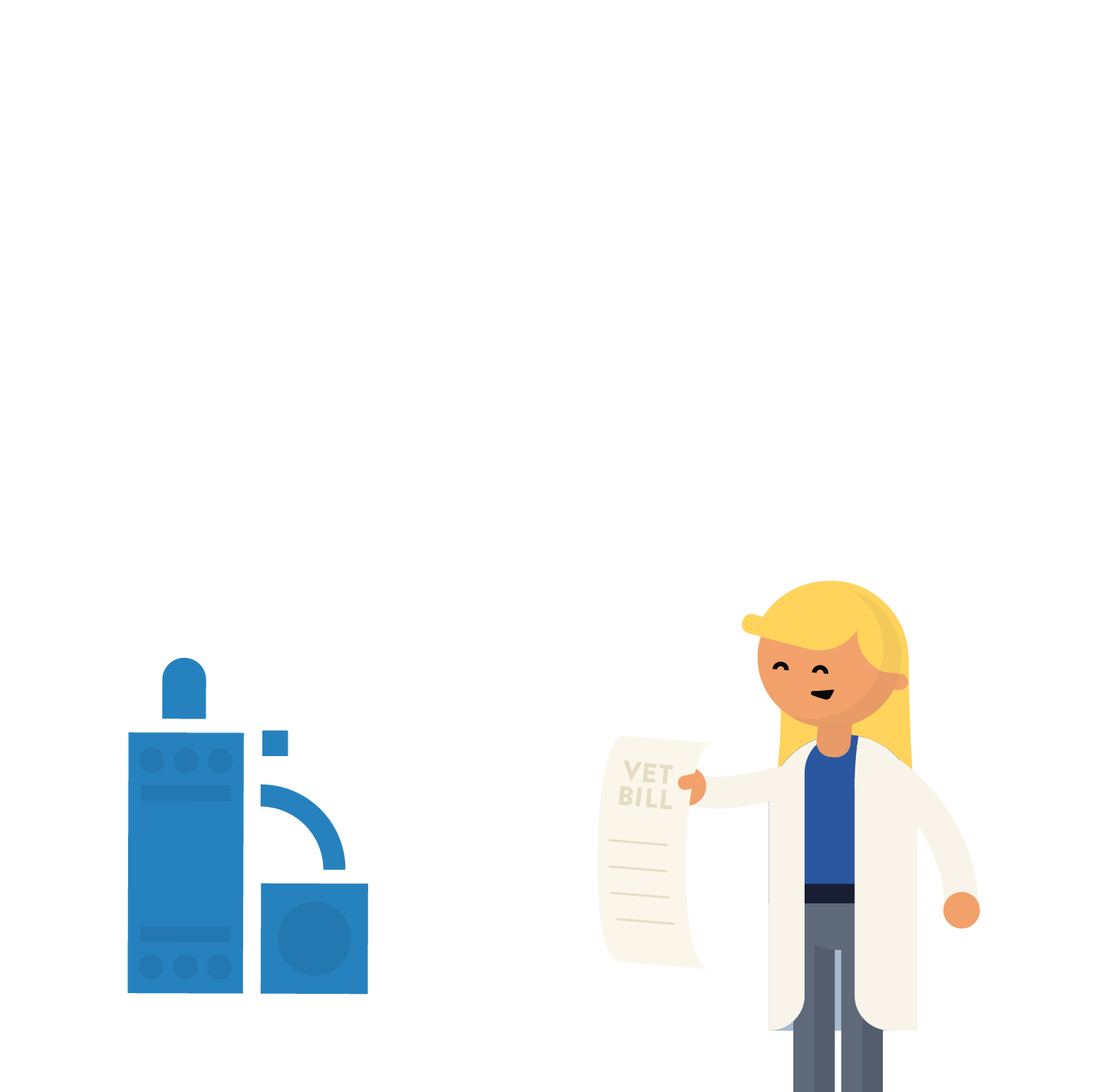Pet Insurance
Understanding pet insurance
Just like there are lots of types of pet, there’s a wide choice of pet insurance to help you get the product best suited to you and your 2-legged, 4-legged or even 8-legged friend. Let’s get some tips from the lab…

Why do you need pet insurance at all?
There is no NHS for pets, which means any medical treatment they need must be paid for. Pet insurers pay out £2million every day, with the average vet claim costing more than £750. Bills like this can be hard to budget for.

0
Treatments for a kitten that needed its stomach pumped after it ate a toy

0
Treatments over 4 years for a dog diagnosed with epilepsy

Lifetime policies
A lifetime policy gives you long-term security because it will carry on covering long-running or recurring medical problems your pet has, providing they didn’t exist before you took the policy out the first time.
Your policy provides a set amount each year which becomes available in full each year you renew. Your premium may increase over time so conditions your pet has developed continue to be covered.
Time-limited policies
These policies also provide a fixed amount of money for each illness or injury but come with a time limit, usually of 12 months from the start of that condition being treated.

Maximum benefit policies
Maximum benefit policies provide a fixed amount of money for each illness or injury your pet suffers until the fund is all used up. There’s no time limit on this, you just have to renew your policy each year, but once the full amount for a condition is spent it won’t be covered again.
Accident only policies
As it says on the tin, these policies provide cover for accidental injury only. A fixed amount will be available for your pet’s treatment, sometimes also with a time limit from when the injury occurs.

























